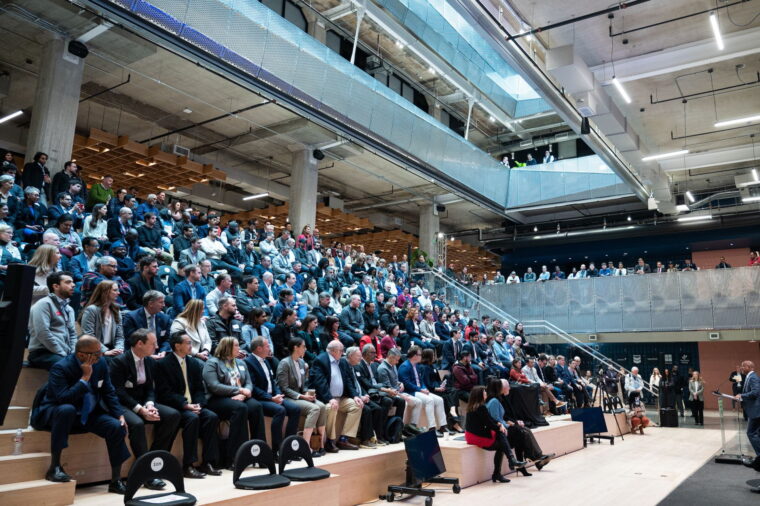
Woodside Energy has donated $12.5 million to Rice University to create the Woodside-Rice Decarbonization Accelerator, a program that will commercialize innovative decarbonization technology. The funding establishes a five-year technology collaboration between Rice and Woodside to find ways to reduce greenhouse gas emissions and develop lower carbon solutions.
The Houston-based initiative will fast-track the commercialization of climate technologies, focusing on products derived from captured carbon dioxide and methane. Specifically, researchers hope to leverage cold plasma technology, which uses partially ionized gas at reduced pressure to break down carbon dioxide.
“CO2 is incredibly difficult in terms of the amount of CO2 that’s in the atmosphere for us to knock out and then convert it into something you can actually use,” said Paul Cherukuri, chief innovation officer at Rice University. “Those are two problems most people haven’t figured out a solution to.”
There are approximately 65 gigatons of CO2 emissions produced per year. Plasma is a resource that is already used at scale in semiconductor industries and medical applications. As an ionized gas, cold plasma is ideal for breaking down CO2 and using its components. The result may be used to produce better batteries, transistors and other materials for energy technologies.
The accelerator aims to create a greener world and achieve Net Zero environmental impact by making breakthrough green technologies more readily available. “Over the next 10 years emerging and breakthrough technologies must come to market if society is to meet its climate goals,” said Woodside CEO Meg O’Neill.
All news and information on this site is provided by the team at Strategic Partnerships, Inc. Check out this short 1-minute video that provides a quick overview of how we work with clients.
Photo by Jeff Fitlow courtesy of Rice University
The post Rice University receives $12.5 million to develop decarbonization technology appeared first on Government Market News.

